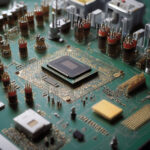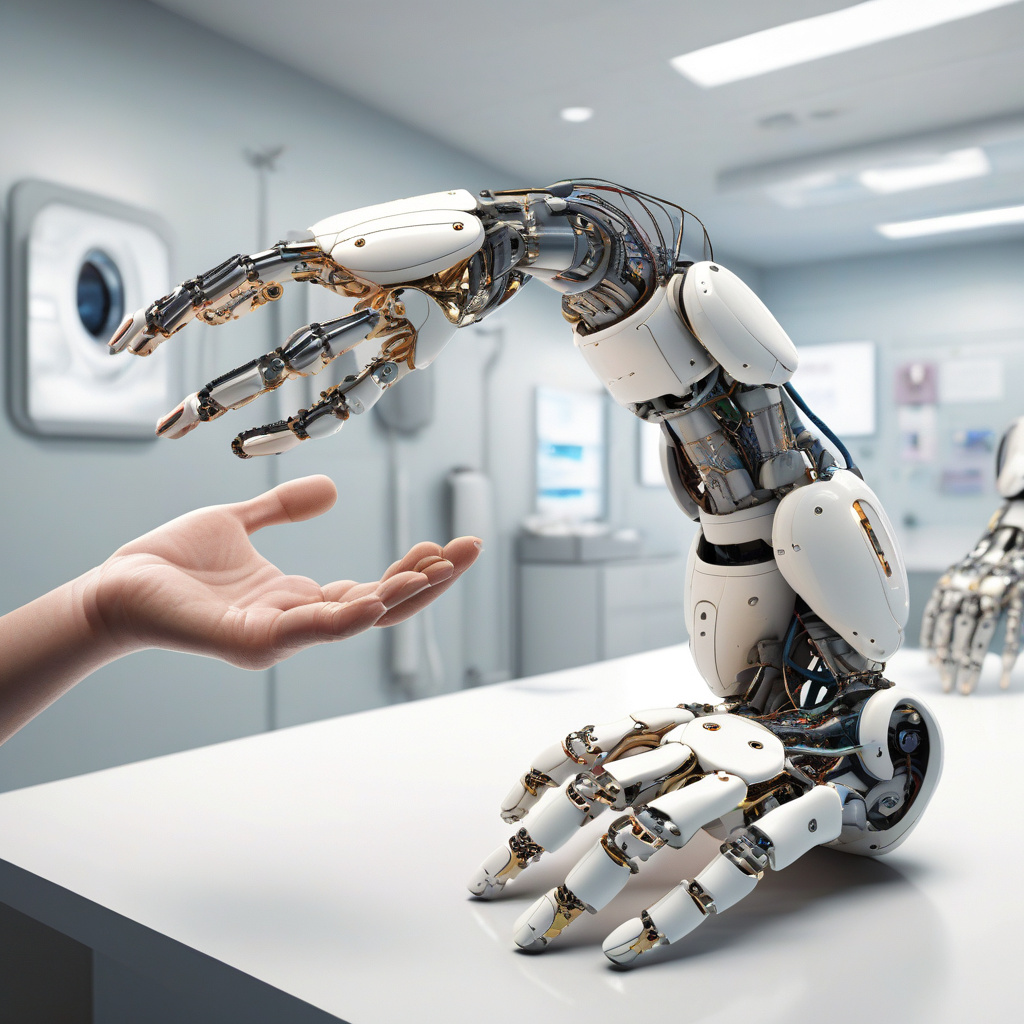Robotic Hand Enables Amputees to Grasp Various Objects with Simple Motion Control
Scientists have developed a robotic prosthetic hand that offers precision fingertip control. The ultra-light system represents a significant advancement in the field of prosthetics, particularly for individuals who have experienced limb loss. This innovative technology allows users to grasp a wide range of objects with ease, thanks to its intuitive motion control capabilities.
One of the key features of this robotic hand is its ability to mimic the natural movements of a human hand. By leveraging advanced sensors and actuators, the device can interpret the user’s muscle signals and translate them into specific actions. This means that individuals with upper limb amputations can perform delicate tasks that were previously challenging with traditional prosthetics.
The design of the robotic hand is both functional and user-friendly. Its lightweight and ergonomic construction ensure a comfortable fit for the wearer, promoting long-term usability and functionality. The system is also customizable, allowing users to adjust settings according to their specific needs and preferences.
In addition to its practical benefits, the robotic hand also has the potential to enhance the quality of life for amputees. By restoring a level of dexterity and independence, this technology can empower users to engage in daily activities more effectively. Whether it’s picking up small objects, typing on a keyboard, or holding a utensil, the robotic hand opens up a world of possibilities for individuals with limb differences.
Furthermore, the applications of this technology extend beyond the realm of prosthetics. The precision and versatility of the robotic hand make it a valuable tool in various industries, such as manufacturing, healthcare, and research. For instance, the hand can be used in assembly lines to perform intricate tasks with speed and accuracy, ultimately improving productivity and efficiency.
As with any groundbreaking innovation, the development of the robotic hand comes with its own set of challenges. Issues such as cost, accessibility, and compatibility with existing systems need to be addressed to ensure widespread adoption and integration into healthcare practices. However, with ongoing research and collaboration between scientists, engineers, and healthcare professionals, these obstacles can be overcome.
Overall, the robotic hand represents a remarkable achievement in the field of prosthetics, offering new possibilities for individuals with limb loss. By combining cutting-edge technology with user-centric design, this innovation has the potential to transform the lives of amputees and pave the way for future advancements in assistive devices. With continued investment and support, we can expect to see even more remarkable developments in this ever-evolving field.
innovations, prosthetics, technology, healthcare, robotics












